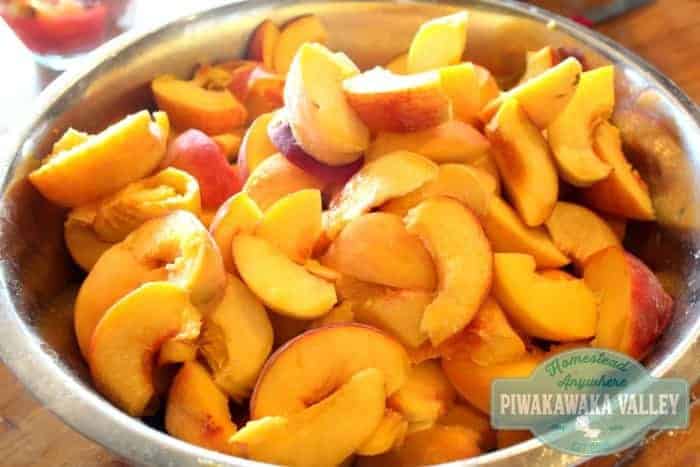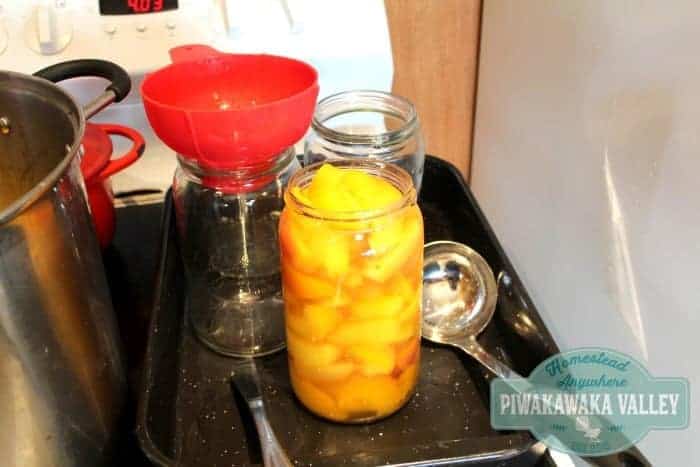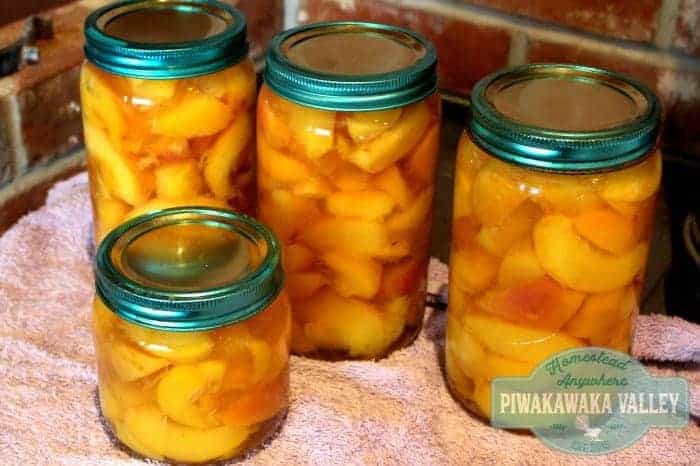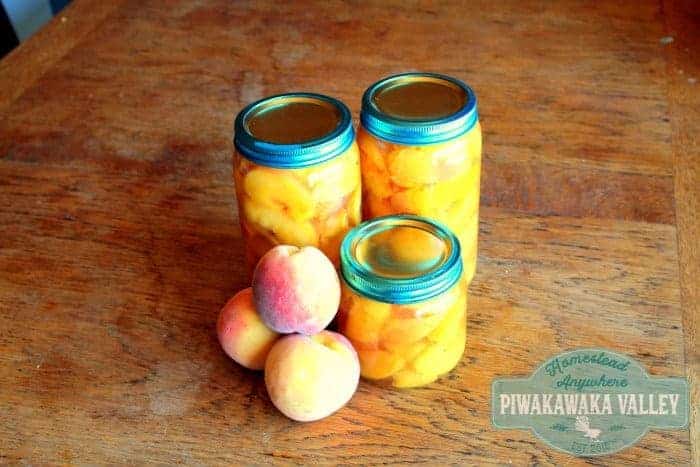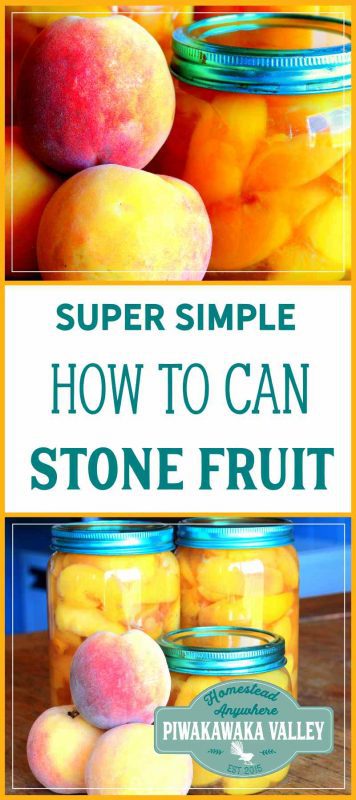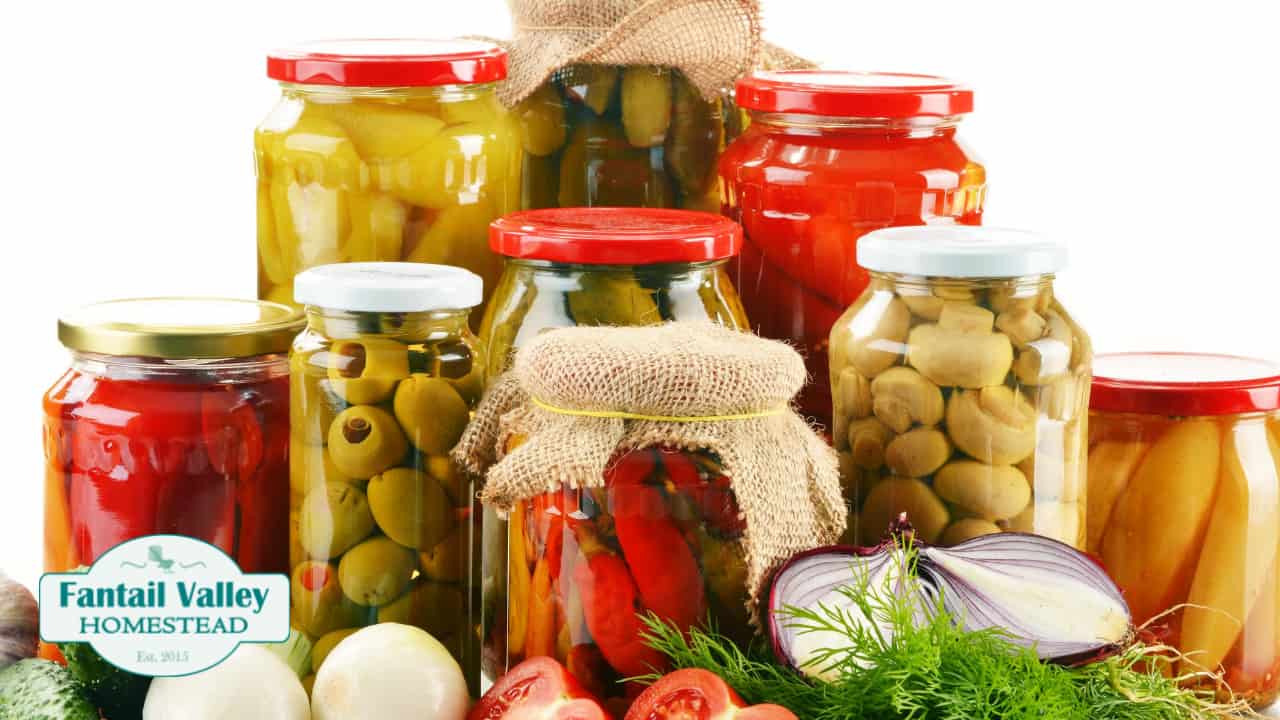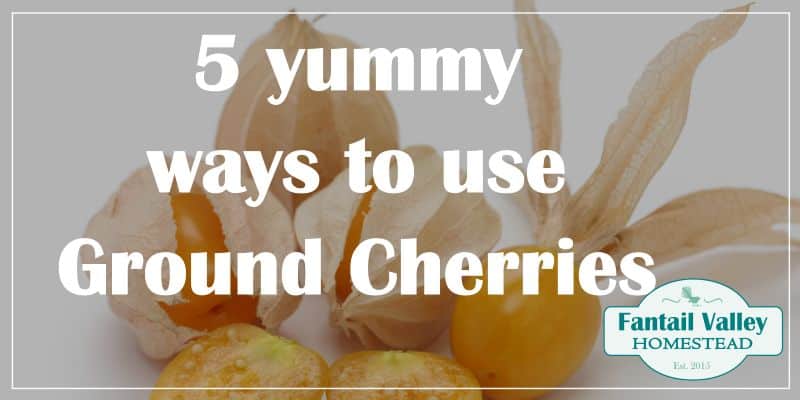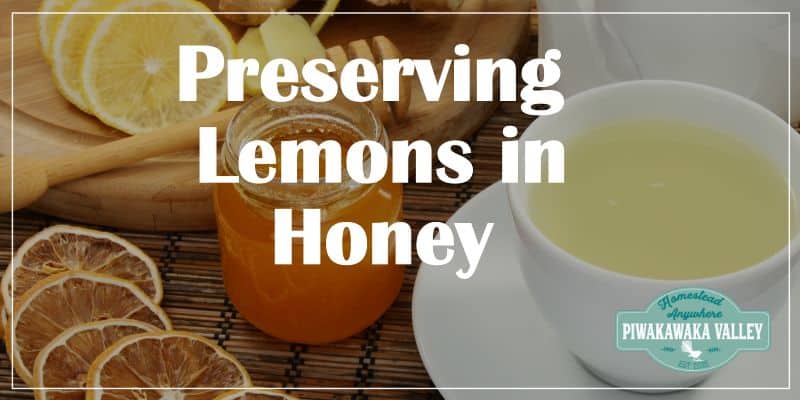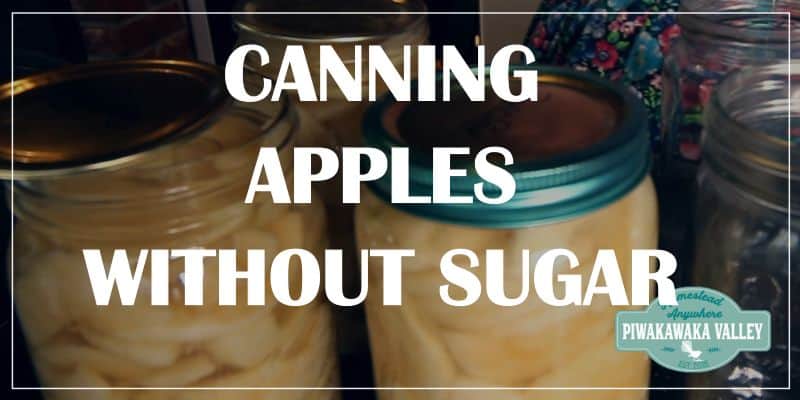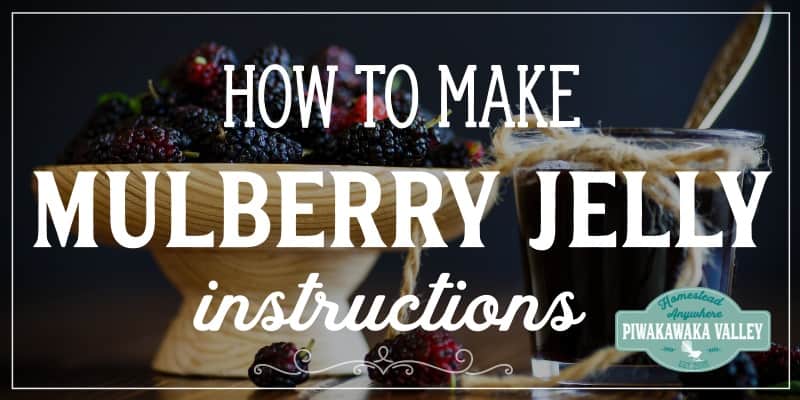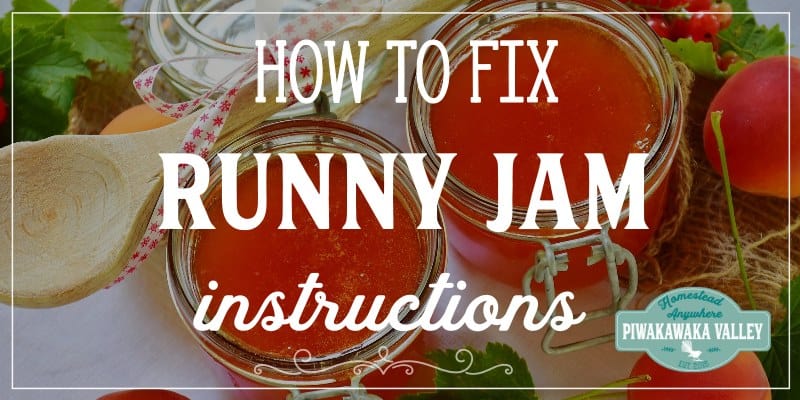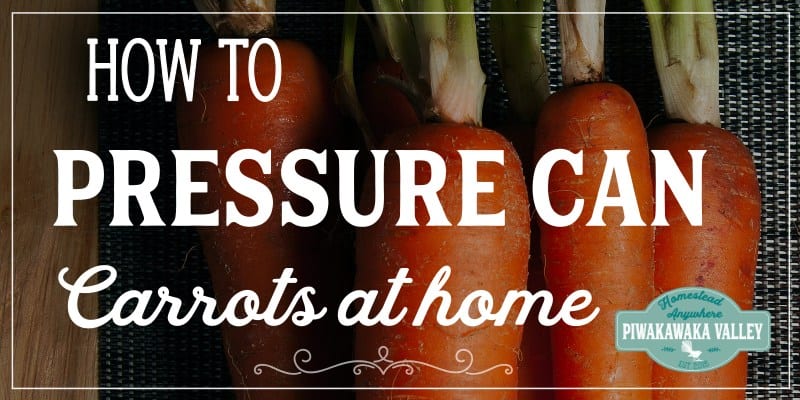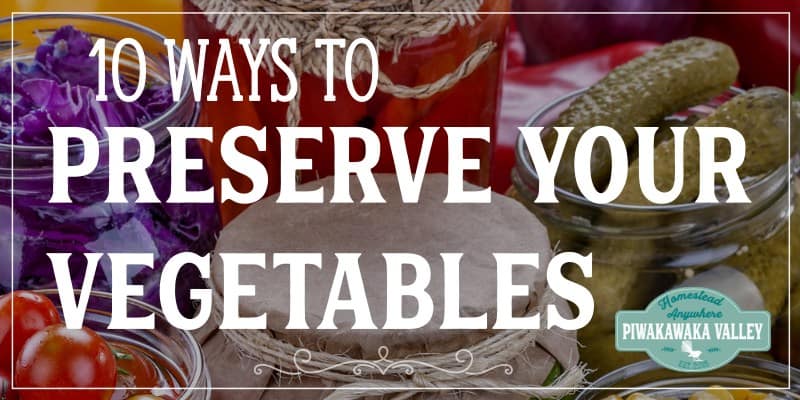This post was most recently updated on October 5th, 2021
Are you wanting to learn how to preserve fruit in jars? This method is simple, and easy to do, even for beginners. Read on to learn how to can peaches and other stone fruit at home with minimal equipment. I have grown up without a and not knowing what water-bathing is. But I know . This is a super easy technique for that is great for beginners to learn.
Please read: This information is provided for educational purposes only and is not intended to treat, diagnose or prevent any disease. We encourage you to make your own health care decisions in partnership with a qualified health care professional.
This post contains affiliate links, this means at no extra cost to you, we make a commission from sales. Please read our Disclosure Statement
Stone is one of my favourite things to eat canned . There is nothing quite like opening a bottle of sunshine in the middle of the cold winter!
Overflow method for
Below I will show you the overflow method for preserving – this includes peaches, and apricots. Many people prefer not to use the overflow method, but for a high with , it is quite safe.
You can use this exact same method for canning other fruit as well – good options include pears, apples, berries, strawberries, rhubarb and pineapple.
If you prefer to water-bath (as recommended by the FDA), follow the directions below, but you will need to leave a 1cm/.5inch gap at the top of the rather than filling right to the top of the .
Add your seal as usual then, cover the jars completely with hot or and simmer for 20 minutes in a large pot that has a rack on the bottom. Remove carefully and allow to cool.
selection for preserving in jars
selection is quite key when it comes to . You want to choose that is only just ripe. If it is -runs-down-your-arm ripe it is going to turn to a squishy mess when you try to can it.
Choose that smells fragrant, but is still firm to the touch. Avoid green , but maybe 24 hours later it will probably be perfect.
Avoid using bruised for . Cut the bruised pieces of off and keep them and the pits for making stone- vinegar with your leftover .
This recipe uses peaches, but you can choose any fruit that isn’t too mushy for this method.
What you need to can safely at home
or preserving does require a few items that will ensure that your is preserved safely and will last a long time. You will need:
1. Peaches or other
Peaches come in 2 types – free-stone or fixed-stone. Free-stone peaches are much easier to process to preserve as the flesh comes away cleanly from the stone. Other that you can use include , apricots, cherries, nectarines and plumcots, or you can use this same method for pretty much any fruit that you would like to preserve.
If you prefer to can without sugar, check out these instructions here.
2. jars
Some bottles or jars – these are the ones made specifically for at home in, also commonly known as a .
usually have a two part lid consisting of a seal (the flat metal bit) and a band (the ring). There are many popular brands, but be sure to use a that has no chips, cracks and the seals are clean and in good condition.
You can reuse old jam jars and lids, but it is not recommended by many as the seals are only guaranteed to work once. Personally, I have not had a problem reusing old jam jars, but it is up to you to research this yourself.
Choose your size to suit your family, I usually do a mix of and sizes.
You don’t have to use if you are water bathing, but it is good practice and only takes 10 minutes in the oven while the is heating up anyway. Be sure your jars are clean!
3. A cooking pot
You will need a big pot to cook your and in, be sure it is big enough to fit all your ingredients in, as well as some simmering room so it doesn’t spill over!
4. A or
A large pot or a pot will be needed if you choose to your preserved . It needs to be deep enough to fit your jars in in a single layer, plus room at the top for an inch of extra water, plus simmering space.
5. A
This is a rack to keep the jars off the bottom of the pot so they don’t explode from the direct heat from the element. These usually come with a but can be purchased separately to fit an existing pot that you have.
6. Other handy bits for preserving fruit
A so you don’t burn your fingers on a !
A is not totally required, but it does make things MUCH easier!
A sharp knife to cut your before bottling
A slotted spoon to fish your out of the
A towel to put your hot jars on to to allow them to cool and
A cloth to wipe any sticky off of the cool
Super easy overflow canning method for preserving stone fruit. Step by step instructions for beginners.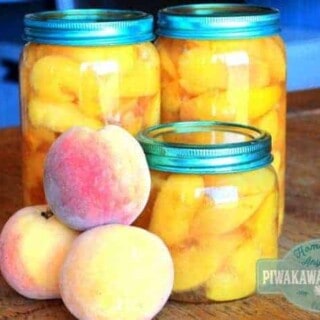
Easy Canning for Beginners - Preserving Stone Fruit in Jars the Easy Way
Ingredients
Instructions
I love the Ball canning book recipes and instructions combined with my own canners recipe book.

